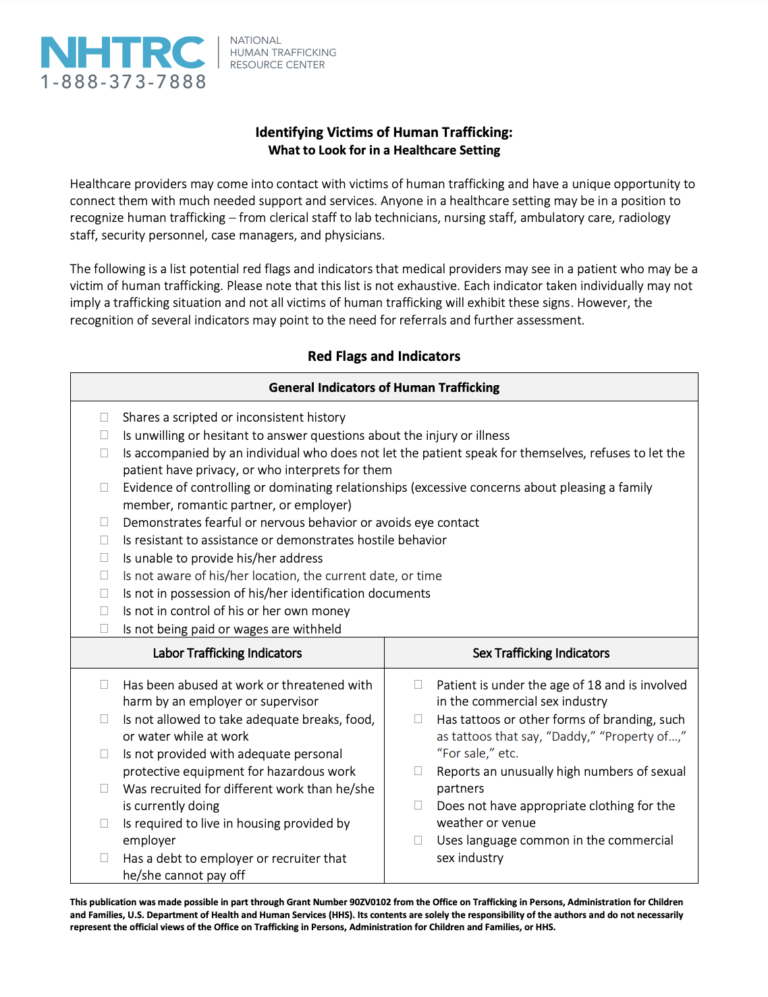Online and technology-facilitated trafficking in human beings: Summary and recommendations
GuidanceInternet, and information communication technology (ICT) more generally, play a major role in shaping our lives. The Covid-19 pandemic has laid bare the extent to which the Internet and ICTs are now integral to a variety of activities and social int...Read More

